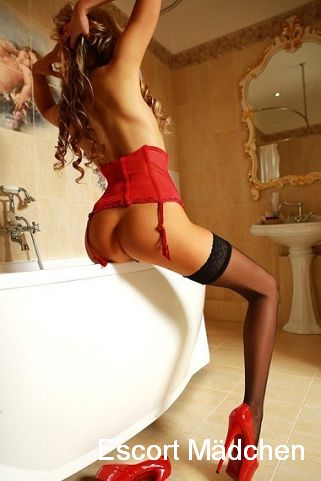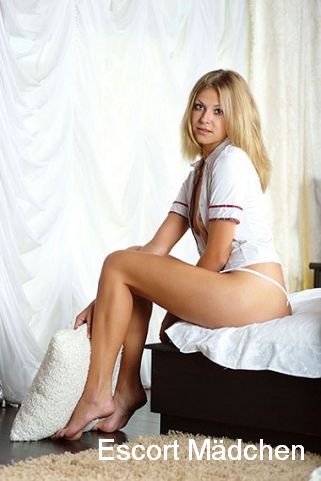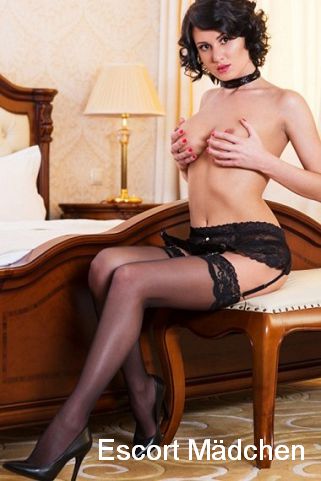
GEWICHT: 66 kg
Titten: 75C
1 Std:130€
Abfahrt: +90€
Services: Natursekt (aktiv), Anal aktiv, Сopro Empfang, Franzosisch, Paare
Contact Admin. It is situated 8 kilometres 5. The town's sights include: Germany's most northerly hill castle , a local history museum in the castle, a historic town centre, an exhibition by Marie Hager, the well-known German artist, and the wildlife park. Allegedly, the Bishopric of Havelberg presented the castle to Broda Abbey on its foundation, but the relevant document is a forgery; the place is attested as Staregart in a later document, however, probably dating to the year From the early 13th century, merchants and artisans started settling around the base of the castle, betraying the increasing colonization of formerly Slavic areas and being of early importance as a centre of the Lordship of Stargard , named for the castle, with a Bergfried being erected in No archaeological evidence can be found for earlier Slavic settlements in the location, however.
The castle is now the most northerly high castle in Germany and the oldest secular building in Mecklenburg-Vorpommern. In , Brandenburg awarded Stargard with town privileges. At the marriage of Henry II, Lord of Mecklenburg , the Lordship was given as dowry by the Ascanians to the princes, who later became dukes of Mecklenburg.

Stargard became the residence of the princes of Mecklenburg-Stargard, an offshoot of the Mecklenburg dynasty, between and During the Thirty Years' War , the castle served as headquarters for Johann t'Serclaes, Count of Tilly , general of the Imperial forces, later becoming a seat of ducal administration. The town suffered during the general decline of the region in the aftermath of the Thirty Years' War.
In a major fire largely destroyed the town; emblematic of the town's fading fortunes, losing its local importance. In the wake of the German Revolution , a Amtsordnung redefined political borders in the area, with an Amt of Stargard based in Neubrandenburg and an Amt of Strelitz, based in Neustrelitz.

In April , camp Waldbau was emptied and the prisoners were forced on a death march to Malchow , where survivors were liberated by the Red Army. After the reunification of Germany , urban regeneration of the town included renovation of the castle and the historic town centre, though this latter is now falling into decay. The castle is now a tourist attraction in the area, with views from the tower and special events such as an annual knights' tournament.




































